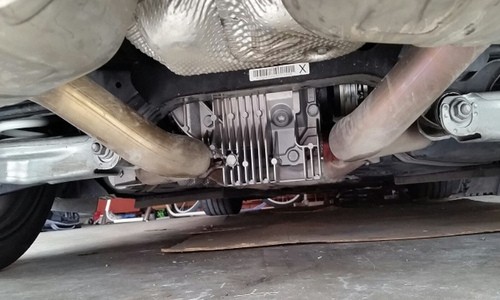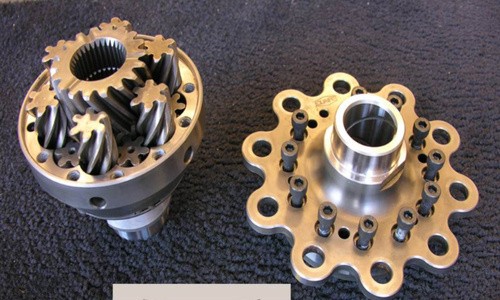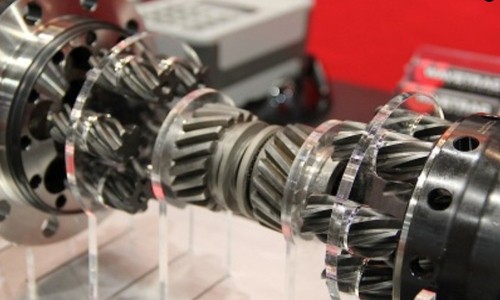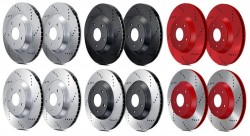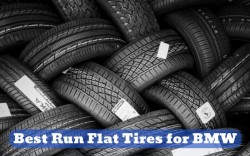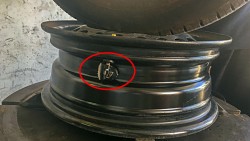Quaife vs Wavetrac: Which Differential Upgrade is the Best for Your Car?
A differential is a car component that delivers engine power to your wheels for speed and making turns. When considering this upgrade for your car, two options come to mind the Quaife and Wavetrac differentials. These differentials have excellent quality and contribute to the performance that it becomes difficult to choose between them.
Moving into this article, we briefly explain what a differential is, the types, Quaife vs Wavetrac, and which of these is best for your car. You learn more about the features of these products and what makes them ideal for you.
What is a differential?
The differential is responsible for working with the transmission to apply engine power and a rotational force called torque to your car wheels to help it turn at different speeds. This component is essential whether your car is a front wheel drive, rear wheel drive, all wheel drive, or 4 wheel drive.
Two sets of gears are involved in making a differential do what it does: the ring and pinion gear and the spider gear. The ring gear is large and surrounds the differential case while the pinion is small and is connected to the drive shaft. Spider gears are found inside the differential case and using the side gears, they can connect to the wheel axles.
The gears are connected to the central shaft which is connected to the drive shaft that sends power from the engine to the wheels. Moving in a straight line, the differential allows your car wheels to rotate at the same speed, but when making a corner, it allows the wheels to rotate at a different speed.
Types of differentials
One of these 4 types of differentials can be found in your car.
- Open differential
- Locked differential
- Limited slip differential
- Welded or spool differential
Open differential
When your car works with this kind of differential, the outside wheels move faster than the inside ones to help your car round a corner better, and the torque is distributed equally between the two wheels. This working mechanism can become a disadvantage because the power the wheels receive is limited by the wheel with the lowest grip. The open differential is the most common and basic differential used by most cars.
Locked differential
A locked differential is somewhat similar to an open differential except that the torque is not distributed equally between the wheels, instead, both wheels are made to rotate at the same speed regardless of the traction ability of any of the wheels. This kind of differential proves to be helpful if you drive on bumpy or rough roads.
Limited slip differential (LSD)
In a limited-slip differential, more torque is given to the wheel with more traction to enable the one with less movement even when it is in an unfavorable condition. This kind of differential is mostly adapted in racecars, but recently, manufacturers have started adapting this differential for regular all wheel drive cars. If you usually use your car on rough, muddy, or icy surfaces, then this is the kind of differential you need.
Welded differential
With a welded differential, the two wheels of your car are permanently locked to make them always move or spin at the same spin. This upgrade is best for racing cars or for cars used to drift. However, if the welding is not done correctly, it can damage important components of your car, and with this kind of differential, daily driving will be difficult and will require a lot of caution and instructions.
Quaife differential
The Quaife differential is made of durable materials and boasts that it is compatible with most car manufacturers' systems. This product is also known to offer a lifetime warranty and doesn’t wear as easily as other differentials. If your car needs a high performing differential that is safe to use and presents quality, then Quaife is a product you can consider.
One of the best features of the Quaife differential is that it eliminates unwanted understeer, oversteer, and torque steer. Because of its high functionality, it reduces uneven tire wear that usually occurs on front-wheel drive cars. The common type of differential from this brand is an LSD differential.
Wavetrac differential
Wavetrac boasts that with its high-quality steel gears, you won’t need any maintenance or rebuilding. Unlike any other brand supplying differentials to consumers, Wavetrac tackles loss of drive while preventing wear as other brands tend to rely on spring for this task.
However, reviews have stated that this differential doesn’t perform too well during off-road driving when there is excess power coming from the engine.
Which differential upgrade is best for your car?
Before choosing which of these LSD products is the best upgrade for your car, you need to consider several factors.
Type of driving
The three kinds of driving you to need to consider are racing, off-road driving, and daily driving. Racing is an extreme sport that requires your wheels to have stability and good grip even in the toughest conditions and with off-road driving, you are usually moving on an uneven or slippery surface. For your everyday driving, a different kind of differential is needed for optimal performance.
Traction
The traction your car wheels receive depends on the type of differential you choose. Limited slip differential (LSD) provides more traction compared to other types of differential which is why they are preferred to others.
Torque handling ability
Different kinds of car engines produce different torques and an ideal differential should be able to handle this torque. Racecars have a high-performing engine that produces a lot of power and torque and a strong differential is required to handle all these engine outputs.
Gear ratio
The gear ratio on a differential should match that of your car’s engine and transmission for the best performance. Using a differential with a gear ratio that doesn’t match your car will affect torque, acceleration, and overall performance.
Comparing Quaife vs Wavetrac Both of these differentials have their unique features, strengths, and downsides. The product you chooses depends on your preferences and the needs of your car. Quaife LSD is a common product among racers or people who like extreme car activities as it provides a smooth and consistent performance. The reason for this is that they give your wheels good traction and your car stability when making a turn at a high speed, a quality people find desirable in performance cars.
Wavetrac LSD on the other hand can be widely used for both racecars and regular cars, but they are best suited for regular cars. This product gives your wheels traction and makes your car stable while moving on uneven or slippery surfaces. They are not necessarily for racing but to make your daily drive smoother and safer.
Conclusion
You may have to choose between the Quaife or Wavetrac differential when considering an upgrade and this article provides a guide on which product is ideal for your car. A differential works by transferring power and torque to your car wheels and there are 4 types of differentials: open, locked, limited slip, and welded differentials.
After reading more about Quaife vs Wavetrac differentials you should have learned that each product has its feature and strengths. With this knowledge along with a short guide, you should be able to determine which of these products is ideal for you.

